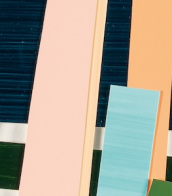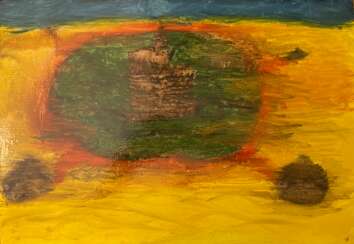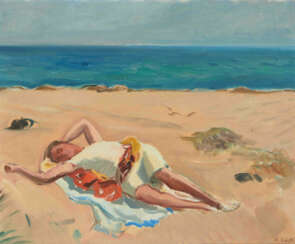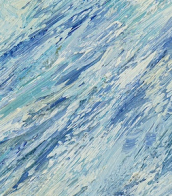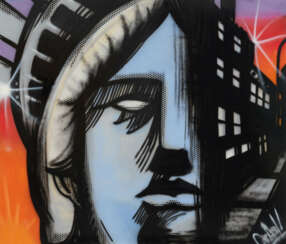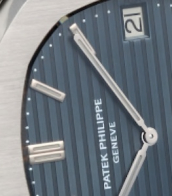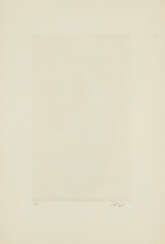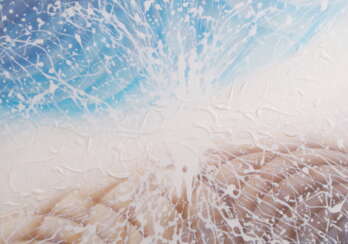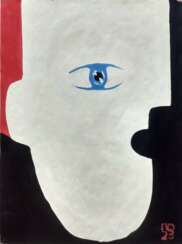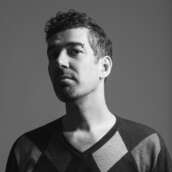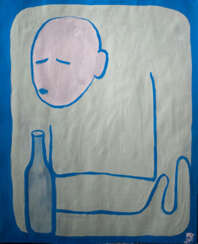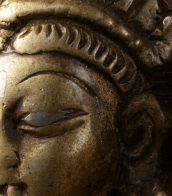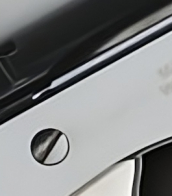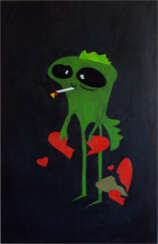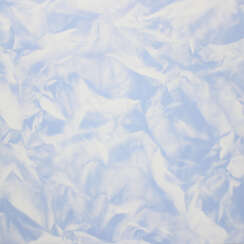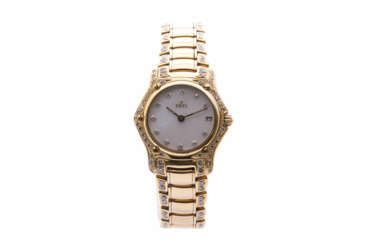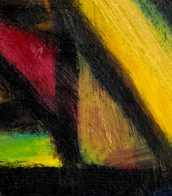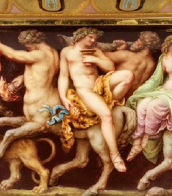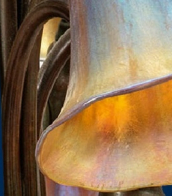minimal art

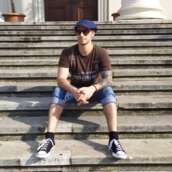



Martin Kippenberger was a German artist known for his extremely prolific output in a wide range of styles and media, superfiction as well as his provocative, jocular and hard-drinking public persona.
Kippenberger was "widely regarded as one of the most talented German artists of his generation," according to Roberta Smith of the New York Times. He was at the center of a generation of German enfants terribles including Albert Oehlen, Markus Oehlen, Werner Büttner, Georg Herold, Dieter Göls, and Günther Förg.


Martin Kippenberger was a German artist known for his extremely prolific output in a wide range of styles and media, superfiction as well as his provocative, jocular and hard-drinking public persona.
Kippenberger was "widely regarded as one of the most talented German artists of his generation," according to Roberta Smith of the New York Times. He was at the center of a generation of German enfants terribles including Albert Oehlen, Markus Oehlen, Werner Büttner, Georg Herold, Dieter Göls, and Günther Förg.

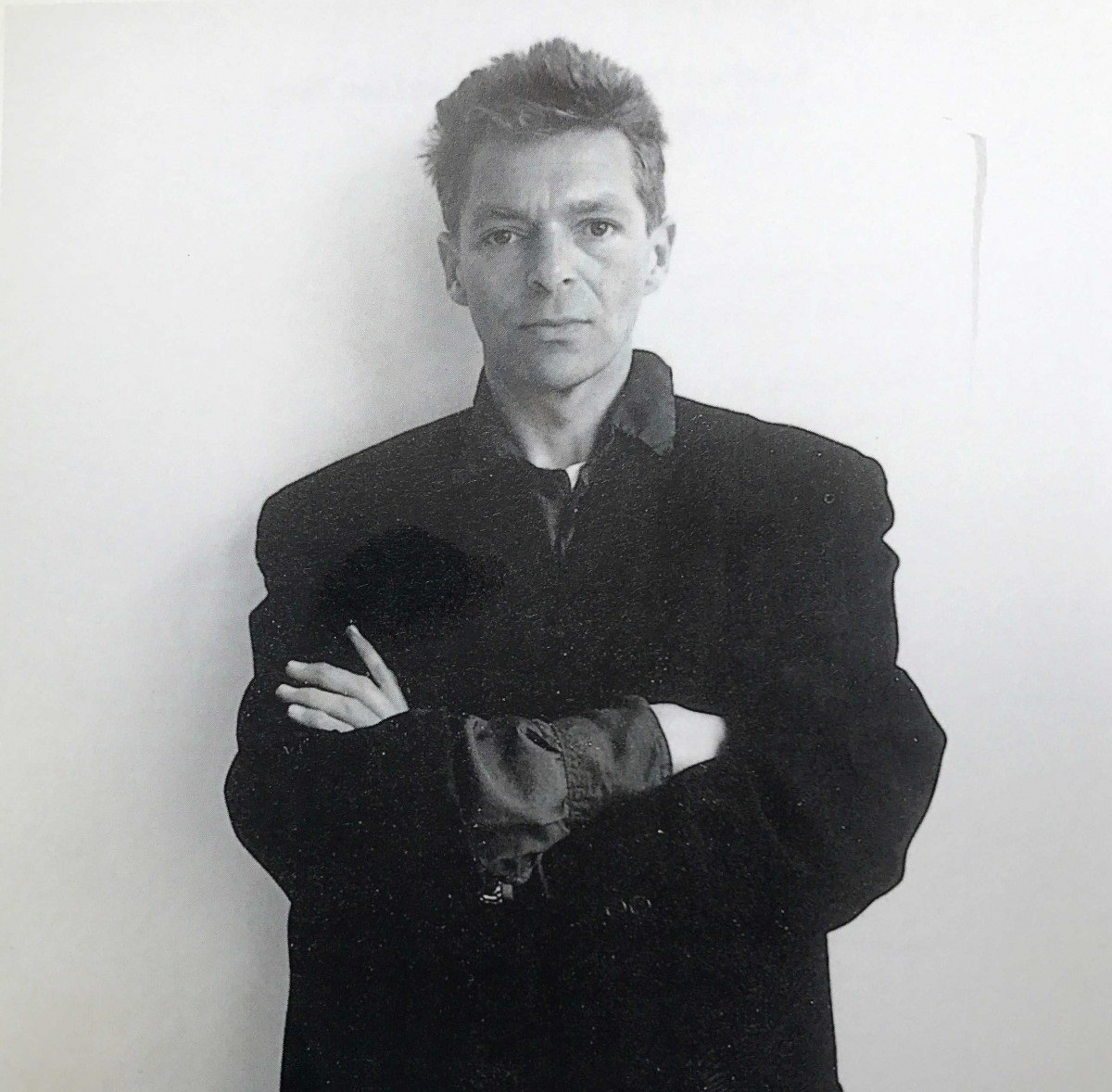
Martin Disler was a Swiss painter, draughtsman and writer. He is associated with the Neue Wilde painting style.
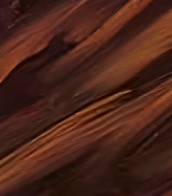
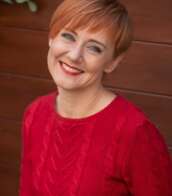
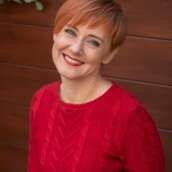
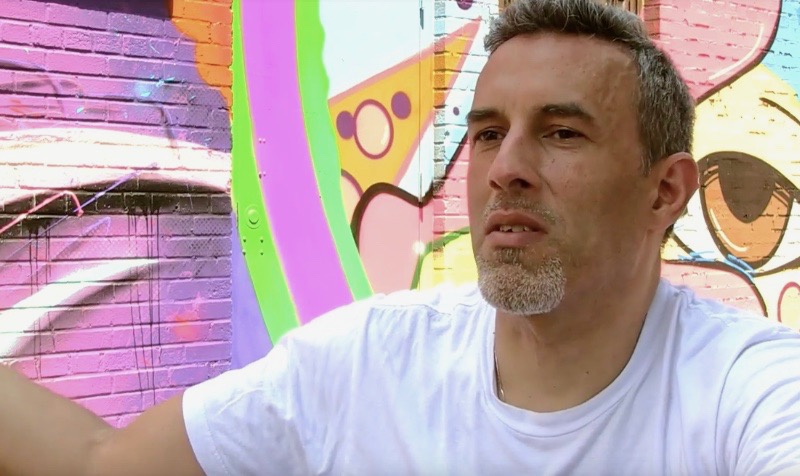
CRASH (born John Matos) is a graffiti artist. As early as 13, John Matos was spray painting New York City trains, the full image art as opposed to simpler tagging soon transferred to silk screened canvas. CRASH was first noticed through his murals on subway cars and dilapidated buildings and is now regarded as a pioneer of the Graffiti art movement. His work is said to convey a "visual link between street life and established society". In 1980, CRASH curated the now iconic exhibition:"Graffiti Art Success for America" at Fashion MODA, launching the graffiti movement that has remained very active through today. During the 1980s, CRASH had exhibits across the United States and abroad.

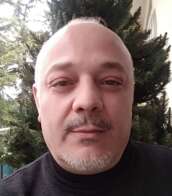

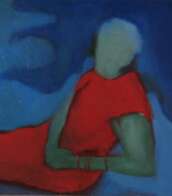
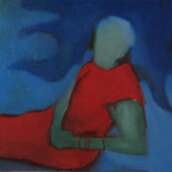


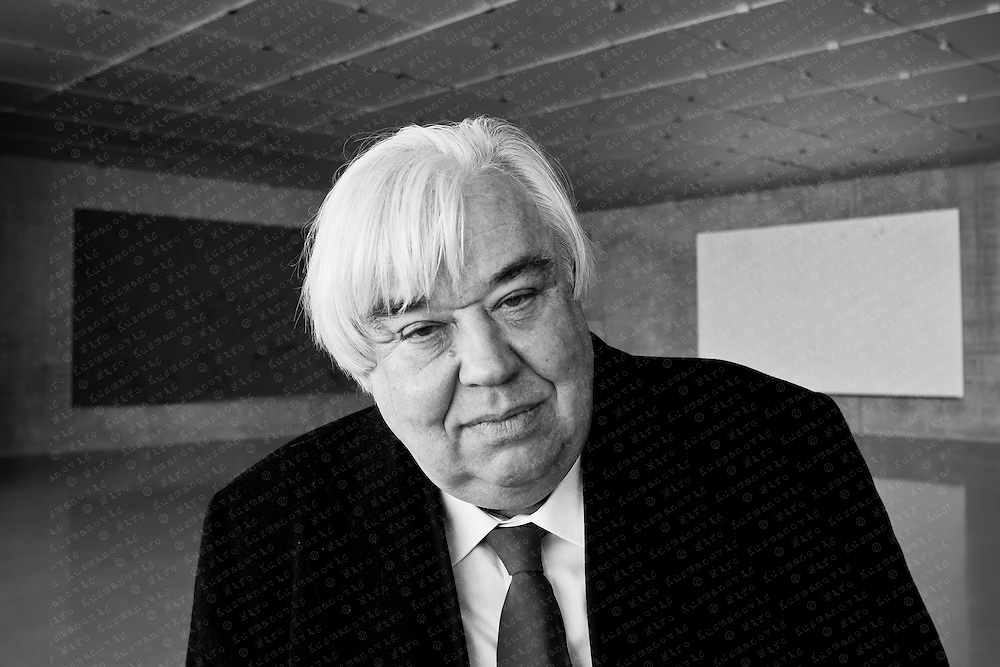
Gerhard Merz is a German artist. From 1969 to 1973 he studied at the Academy of Fine Arts in Munich. Between 1964 and 1969 expressive pictures were taken and subsequently first metal sculptures. Since the beginning of the 1970s, he has been increasingly working with room installations in which he manufactured references to literary and art history as well as political history, as well as with the development of large-format, monochrome, with lineset nets from pencils covered. At the beginning of 1977, he was represented with his works four times in a row at Documenta in Kassel.

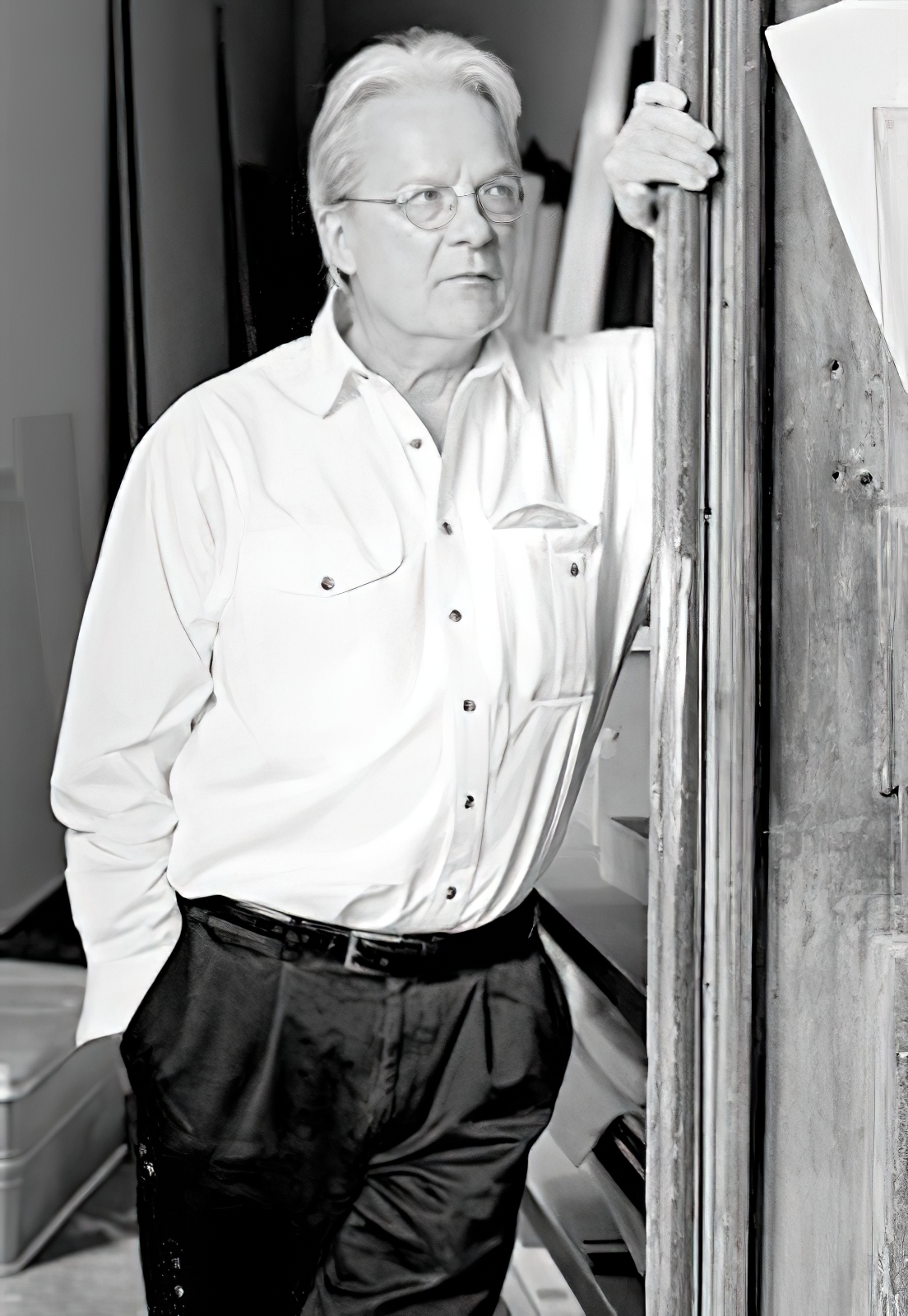
Imi Knoebel (born Klaus Wolf Knoebel) is a German artist. Knoebel is known for his minimalist, abstract painting and sculpture. The "Messerschnitt" or "knife cuts," are a recurring technique he employs, along with his regular use of the primary colors, red, yellow and blue. Knoebel lives and works in Düsseldorf.
